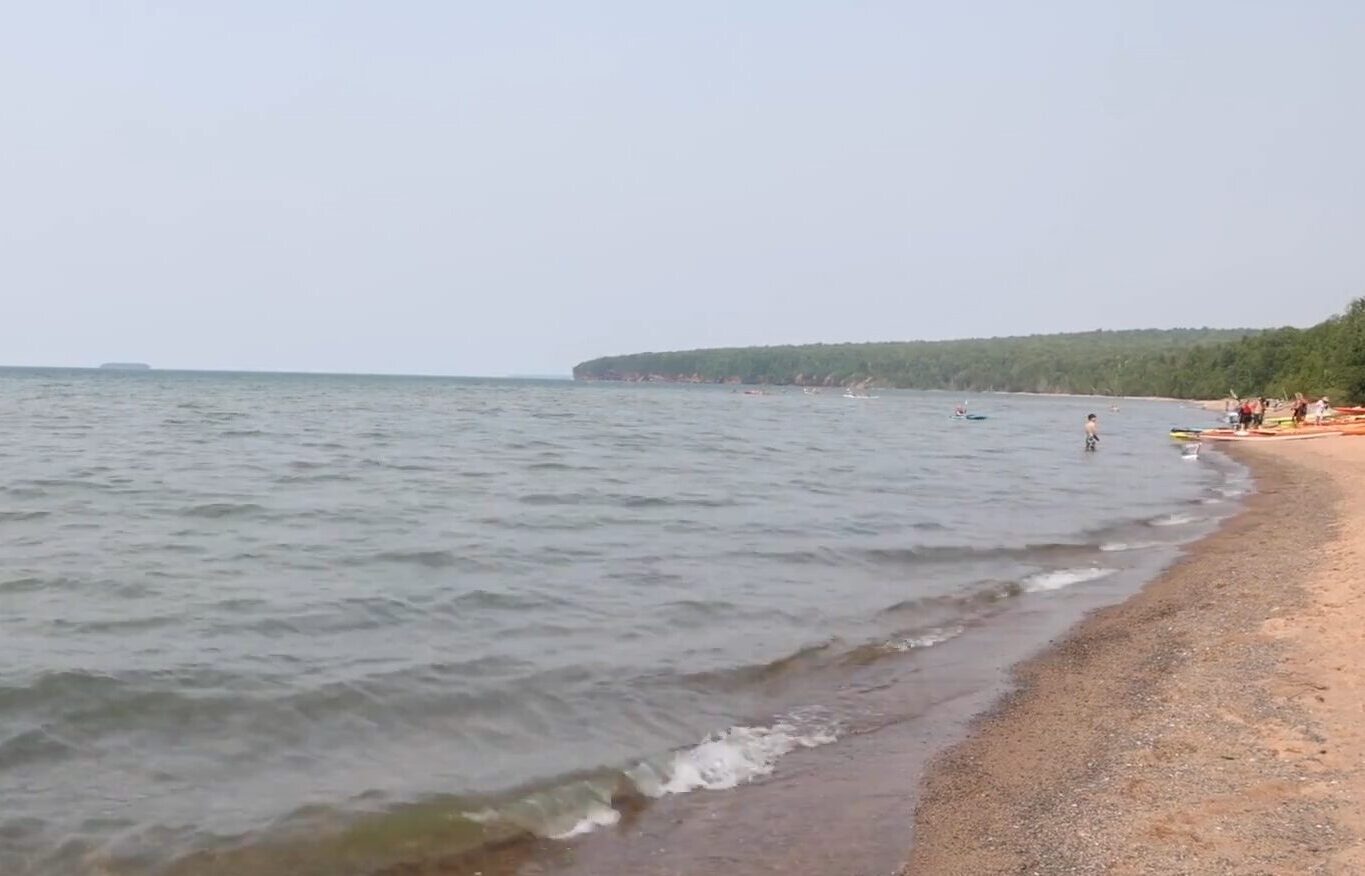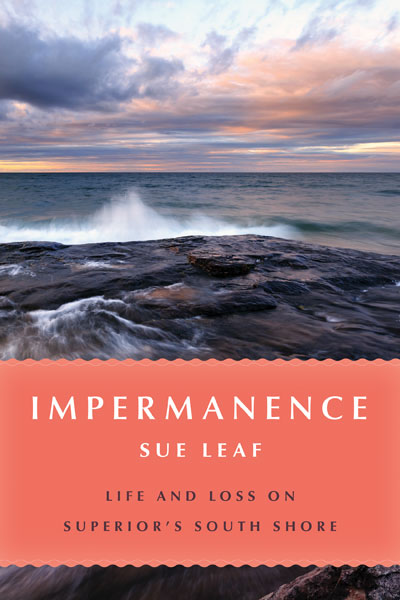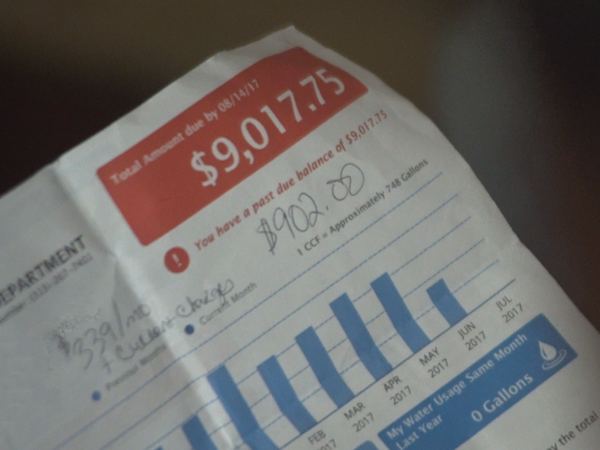
Author Sue Leaf’s latest work starts in 1977 when she and her then boyfriend embarked on a 185-mile bike trek from Michigan across Lake Superior’s southern shore to Duluth.
It ends many decades later as she, and the boyfriend who became her husband, settle into a new Lake Superior cabin designed by her architect daughter. The move was necessitated by the big lake’s ever-receding shore that threatened the previous cabin.
In between is Impermanence: Life and Loss on Superior’s South Shore (University of Minnesota Press, 2024). Leaf trained as a zoologist and is a 2021 Minnesota Book Award Winner.
Impermanence has something for every reader as the publisher describes it as “part memoir, part travelogue and part natural and cultural history.” It’s tidily packed into a readable 252 pages including maps of Lake Superior’s shore that illustrate its small towns— a handy guide for urban dwellers who haven’t traversed the shore as Leaf has.

(Photo courtesy of University of Minnesota Press)
But the memoir, travel and cultural histories are mere supporting actors for the book’s essence: our impermanent selves and surroundings.
Impermanence, as a concept, may be best known as a basic tenet of Buddhism, generally referring to the state of not lasting forever. That we exist in continual change. That’s an apt definition as it applies to Leaf’s writing on Lake Superior and her life-long connection to and passion for it.
The story of copper
While anecdotes about tiny towns and hidden natural areas are interesting, the highlight of the book is Leaf’s treatment of the area’s copper, which she describes as pure and beautiful.
Leaf has two takes on it. The abundance of it in the boom years and its demise, which she calls the reckoning.
Copper protruded from rock ledges, emerged from rivers and could be seen on the ground, Leaf says. She describes how the mining boom years led to the establishment of towns like Eagle Harbor that grew rapidly as houses popped up.
But copper is a resource to be mined and its abundance was finite. It was a resource to be depleted in either absolute or economic terms, according to Leaf. A subsequent chapter on copper mining chronicles its reckoning as it became harder to extract and eventually, the boom was over and the region was left with the legacy contamination
Leaf closes her copper chapters calling on us to examine our priorities that cause us to consume natural resources and leave the waste behind.
Woven through the book is the impermanence of Lake Superior’s shoreline. The fact that it was slowly disappearing led to difficult, later in life decisions that had to be made.
The Soo Locks and shipwrecks
When not contemplating impermanence, Leaf lightens it up with more accessible topics.
She provides an insider’s perspective of what it takes to navigate a big lake freighter through the Soo Locks through the eyes of a relative who is a first mate. Spoiler, it’s more complicated than it appears.
There’s a chapter on shipwrecks and of course, Leaf touches on the tragedy of the Edmund Fitzgerald. But that story has been told repeatedly and the crew is honored annually. She wisely focuses on some of the lesser known Lake Superior wrecks.
The most interesting was the fate of the City of Bangor, which in 1926 was carrying a load of Chrysler automobiles when it “felt the full brunt” of a storm’s wind and snow and ran aground. I’ll leave it that all was not lost.
But not every story resonates. A trip to a quaint hotel after a long interlude falls flat. Probably an experience to share with friends and relatives but less interesting to a wider audience. And Leaf loses her way when describing the new cabin’s energy saving appointments and the fact they drive electric vehicles.
“Fossil fuels have no place in our future,” she writes. While virtuous, it could easily be seen as elitist which I suspect wasn’t her intent.
But those are quibbles that detract from the overall value the book brings to the reader.
There are no revelations in Impermanence and very little drama. It’s not a page-turner that takes you from one adventure to another. It does ask you to think and reflect and that’s the essence of the book.
With a deft touch Leaf combines philosophy and life experiences with Lake Superior’s south shore and the surrounding culture. With the presence and pulse of the big lake as the backdrop. That’s no small feat. If you read Impermanence, you will be rewarded.
Catch more news at Great Lakes Now:
Book Review: Wisconsin author touches third rail of drinking water issues in new book
Book Review: Saving our changing menu in the Great Lakes region and beyond
Featured image: Lake Superior shore off Meyers Beach in Apostle Islands National Lakeshore (Great Lakes Now Episode 1027)




